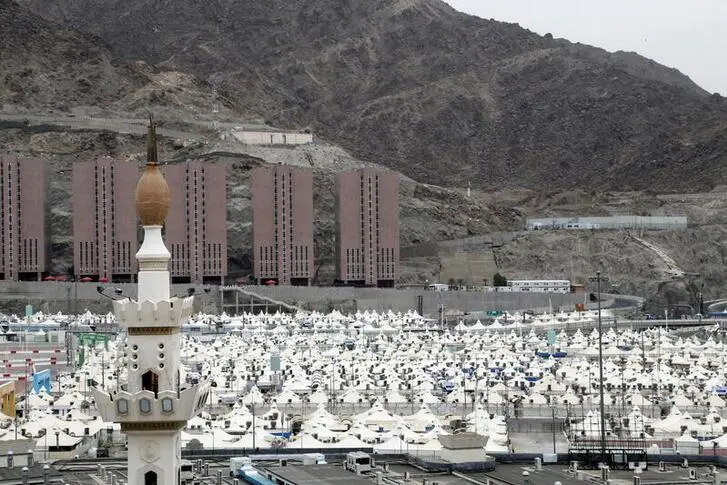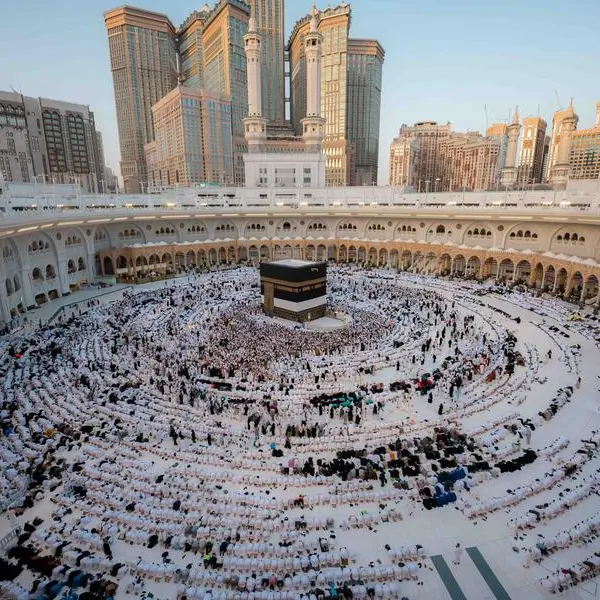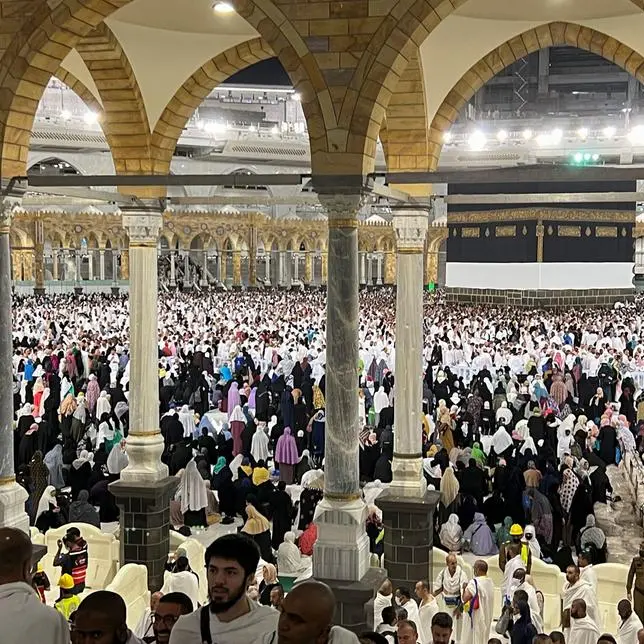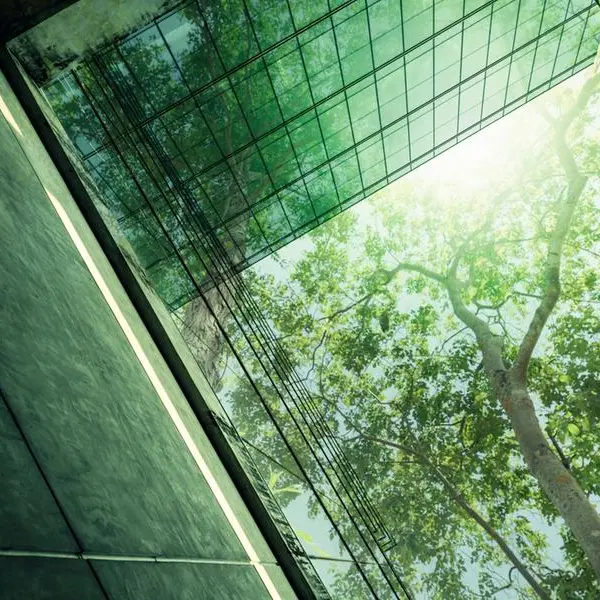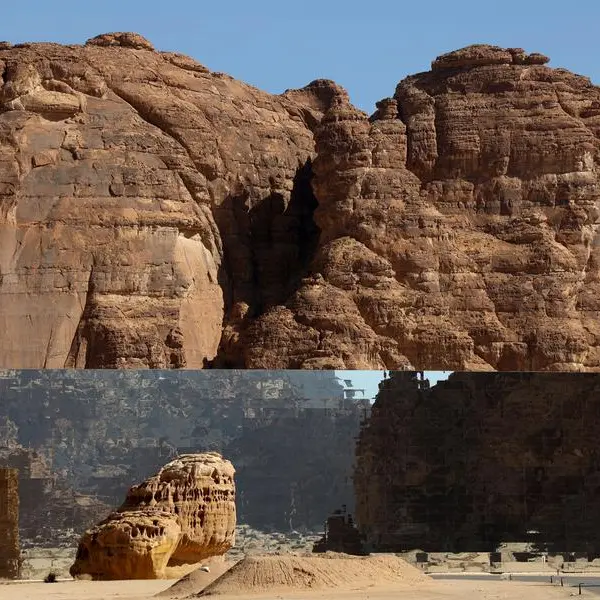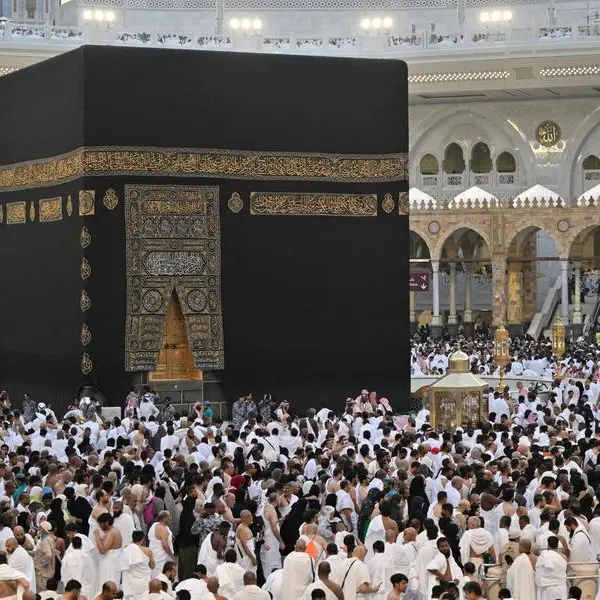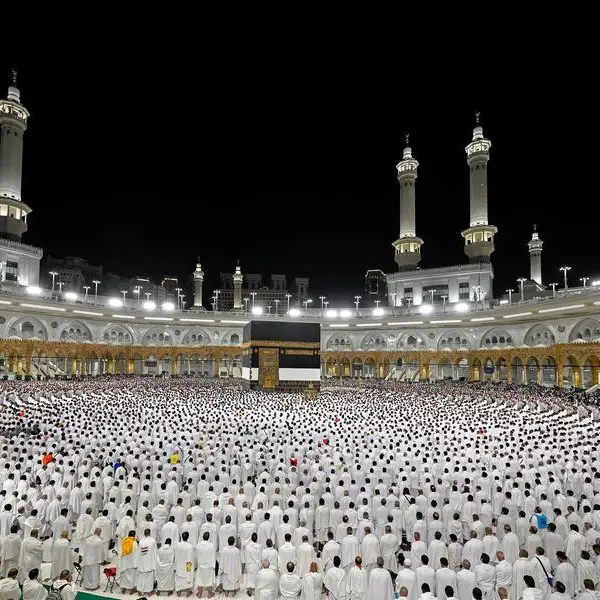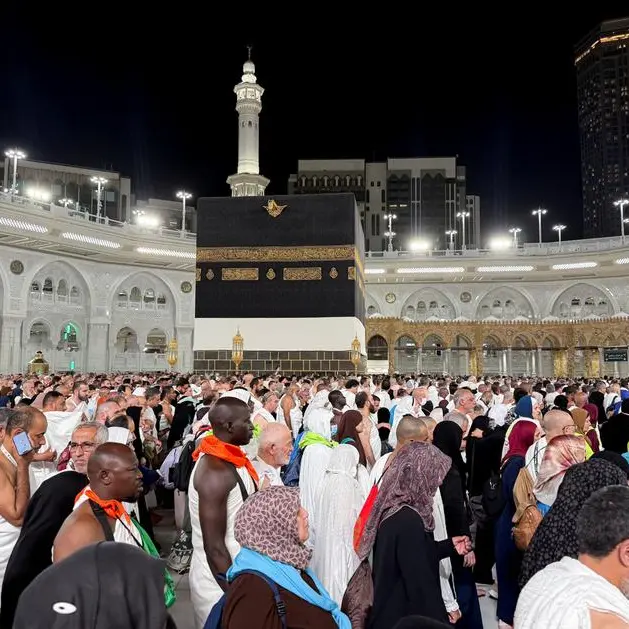PHOTO
General view of the Mina area during the annual Haj pilgrimage, in the holy city of Mecca, Saudi Arabia, July 18, 2021. REUTERS/Ahmed Yosri
MINA — After performing the wuquf (standing) at Arafat, the high point of the annual pilgrimage of Hajj, on Tuesday and spending overnight in Muzdalifah in an atmosphere full of spirituality, the pilgrims returned to their camps in the Tent City of Mina Wednesday morning to perform four main rituals of the annual pilgrimage.
After reaching Mina, they performed stoning at Jamrat Al-Aqaba and then proceeded to Makkah to perform Tawaf Al-Ifadah and Sai’e as Muslims all over the world started celebrating Eid Al-Adha (the feast of sacrifice) on Wednesday, Dhul Hijjah 10, which is also known as Yaum Al-Nahr or the Day of Sacrifice.
At Mina, pilgrims performed stoning at Jamrat Al-Aqba (the biggest pillar symbolizing Satan). They used seven pebbles for the stoning ritual. The pilgrims’ movement to hurl pebbles at Jamrat Al-Aqaba was smooth, orderly, and flexible on the multiple floors of the giant Jamarat Bridge with all precautionary measures in place.
Around 300,000 pilgrims can perform the stoning ritual at the facility for an hour. All the security, health, ambulance, hygiene and civil defense services were well in place at the Jamarat Bridge complex. The security men were seen organizing the movement of pilgrims in the vast stoning area on the multi-level Jamarat Bridge and at its entrances and exits. The heat-blocking coating of pedestrian paths in Mina leading to the Jamarat Bridge gave some respite to the pilgrims from the scorching sun.
Members of Boy Scouts and volunteers were also engaged in guiding pilgrims onto the Jamarat Bridge through the paths designated for entry and exit as well as to facilitate their return to the Mina camps. The movement of pilgrims to and from the Jamarat Bridge was arranged in line with a preplanned schedule.
The pilgrims were able to see the prescribed time allotted for them to perform the stoning ritual on the Nusuk App on their smartphones. This year, the Nusuk platform added the schedule of the Jamarat stoning to facilitate and streamline the performance of the ritual.
After performing the stoning ritual, the pilgrims sacrificed animals and thus had a partial exit (first tahallul) from the state of ihram by shaving or cutting hair for men while women trimmed the length of a finger-tip from one strand of hair. They then changed back into normal clothing from ihram. Pilgrims then proceeded to Makkah to perform Tawaf Al-Ifadah and sai’ (ritual of running between Safa and Marwah), two other pillars of Hajj. Pilgrims who performed the sai’ along with Tawaful Qudum (Tawaf of Arrival) need not perform it again.
With the performance of tawaf and sai’, pilgrims would exit completely from the state of ihram. In the remaining two or three days of Hajj, which are known as Ayyamu Tashreeq or Tashreeq Days, the only ritual to be performed is stoning at each of the three Jamrat (Jamrat Al-Sughra, Jamrat Al-Wusta and Jamrat Al-Aqba) seven times each after staying overnight in Mina.
Hajj is one of the five pillars of Islam, and all Muslims are required to undertake it at least once in their lifetime if they are physically and financially fit. It is one of the world’s largest religious gatherings, which returned to full capacity this year following three years of coronavirus restrictions.
A total of 1,845,045 pilgrims from around 150 countries performed Hajj this year. Of them, 4,951 pilgrims from 90 nationalities came to perform Hajj as the guests of Custodian of the Two Holy Mosques King Salman. They include 2,000 pilgrims from the Saudi and Yemeni families of those who were martyred in the Decisive Storm military operation in Yemen. Another 1000 pilgrims, who belong to family members of the Palestinian martyrs, prisoners and wounded, arrived to perform Hajj at the expense of the King.
The Ministry of Health has mobilized more than 32,000 doctors and paramedics at its 32 hospitals and 140 health centers to serve the pilgrims. These health workers are on hand to help fend off heatstroke, dehydration and exhaustion in the extreme summer heat, which was recorded at more than 43 degrees Celsius.
© Copyright 2022 The Saudi Gazette. All Rights Reserved. Provided by SyndiGate Media Inc. (Syndigate.info).
